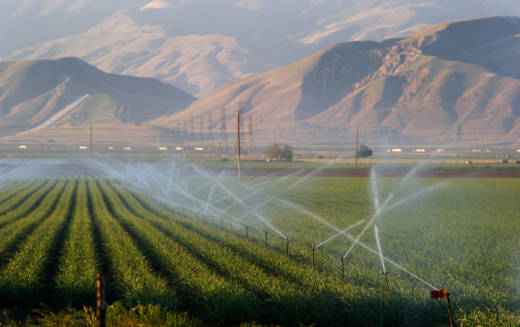Farmers in a vast agricultural region of California will receive a significantly greater amount of irrigation water this summer compared to past drought years — but not their full supply, federal officials announced Wednesday.
Record winter rain and snow in some parts of California have put a major dent in the five-year drought, boosting reservoirs with irrigation water for use during hot, dry months.
Farmers in the San Joaquin Valley will receive 65 percent of what they expect from a federal system of reservoirs and canals, U.S. Bureau of Reclamation officials said.
“Any kind of improvement is welcomed,” said William Bourdeau, executive vice president of Harris Farms based in Coalinga. Yet in this wet year, he said he doesn’t understand why farmers can’t get their full supply.
Some water districts also have access to significant amounts of water held over in reservoirs from last year, possibly boosting the allocation even more, officials said.
